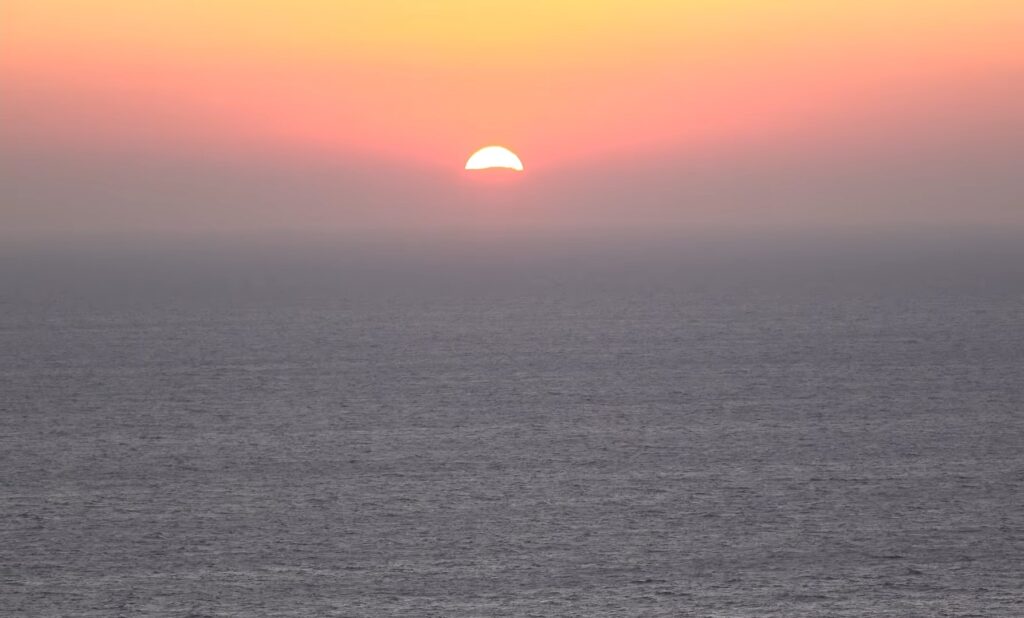Rivers have long been a source of fascination and wonder, carrying immense volumes of water across vast distances and shaping the landscapes they flow through. From the ancient civilizations that flourished along their banks to the diverse ecosystems they support, rivers have played a pivotal role in the development of human societies and the natural world. Let’s embark on a journey to discover the top 10 longest rivers in the world, marveling at their lengths and the diverse regions they traverse.
1. Nile River (6,650 kilometers / 4,130 miles):
The Nile River holds the prestigious title of being the longest river in the world. Flowing through eleven countries in northeastern Africa, including Egypt, Sudan, and Ethiopia, the Nile has been a lifeline for civilizations throughout history. It is not only a source of sustenance and transportation but also a cultural and historical icon.
2. Amazon River (6,400 kilometers / 3,977 miles):
Located in South America, the Amazon River is the largest river by discharge volume and second-longest in the world. Flowing through Brazil, Peru, Colombia, and other countries, the Amazon boasts an incredibly diverse ecosystem, encompassing the renowned Amazon rainforest and hosting an array of unique flora and fauna.
3. Yangtze River (6,300 kilometers / 3,917 miles):
In China, the Yangtze River, also known as the Chang Jiang, is the longest river in Asia and the third longest globally. This mighty river has played a central role in Chinese civilization for millennia, shaping landscapes and providing vital resources to millions of people.
4. Mississippi-Missouri River System (6,275 kilometers / 3,902 miles):
The Mississippi and Missouri rivers form a vast river system in North America, stretching across the United States. These rivers have played a significant role in the country’s history, serving as major trade routes and shaping the landscapes of states such as Minnesota, Louisiana, and more.
5. Yenisei-Angara-Selenga River System (5,539 kilometers / 3,445 miles):
Flowing through Siberia in Russia, the Yenisei, Angara, and Selenga rivers collectively form one of the longest river systems on Earth. The Yenisei River is the central and longest part of this system, while the Angara and Selenga rivers are its major tributaries, contributing to its vast length.
6. Yellow River (Huang He) (5,464 kilometers / 3,395 miles):
The Yellow River, or Huang He, holds great historical and cultural significance in China. Known as the “Mother River of China,” it has witnessed the rise and fall of ancient civilizations and played a critical role in the country’s agricultural development.
7. Ob-Irtysh River System (5,410 kilometers / 3,364 miles):
Stretching across Russia, Kazakhstan, China, and Mongolia, the Ob and Irtysh rivers form an extensive river system in Western and Central Asia. The rivers support diverse ecosystems and have been important trade routes for centuries.
8. Congo River (4,700 kilometers / 2,922 miles):
Located in Central Africa, the Congo River is the second-largest river by discharge volume globally. It flows through the Democratic Republic of the Congo, Republic of the Congo, and other countries, sustaining rich rainforests and diverse wildlife.
9. Amur-Argun River System (4,444 kilometers / 2,761 miles):
Marking the border between Russia and China, the Amur River, along with its tributary, the Argun River, creates a significant river system in Northeast Asia. This river system supports a range of ecosystems and serves as a vital waterway for transportation and trade.
10. Lena River (4,400 kilometers / 2,736 miles):
Flowing through Russia’s Siberia, the Lena River completes the list of the top 10 longest rivers in the world. It meanders through pristine wilderness, showcasing stunning landscapes and providing habitats for diverse species.
These top 10 longest rivers remind us of the awe-inspiring power of nature and the intricate connections between water, land, and life. Each river has its unique story, shaping the regions they pass through and leaving a lasting impact on the cultures and ecosystems they nurture.







